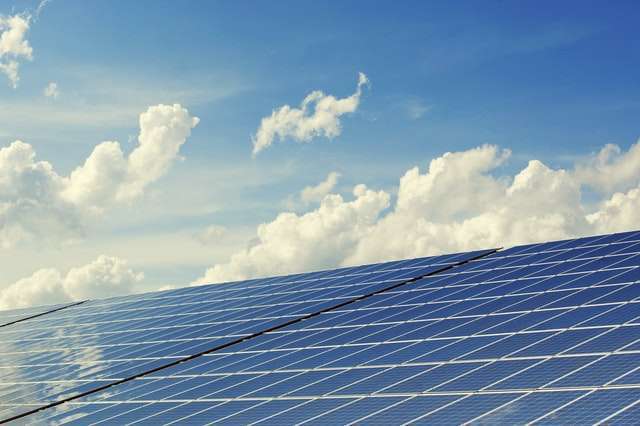What are the three main types of materials used for PV modules?

Photovoltaic cells, sometimes known as PV cells, can be produced using a wide number of manufacturing processes, and they can be made from a wide range of materials.
They collect energy from the sun and transform it into usable power.
Silicon, which possesses semiconducting qualities, is by far the most widely used material used in the fabrication of solar panels. The construction of a solar panel requires the use of many of these solar cells, as well as a photovoltaic array consisting of many solar panels.
Monocrystalline silicon, crystalline silicon, & thin film are the three types of photovoltaic cell technology that hold the majority of the market share around the world.
Higher-efficiency photovoltaic technologies, such as gallium arsenide & multi-junction cells, are much less common due to the increasing price of developing and manufacturing them. However, these technologies are perfect for use in concentrated photovoltaic (PV) systems and in space applications.
Perovskite cells, photovoltaics, dye-sensitized solar cells, & quantum dots are some of the other promising technologies in the field of photovoltaic cells.
Here are the three main types of materials used for PV modules;
Monocrystalline Silicon Cell
Monocrystalline silicon, the purest form of silicon, was utilized in the production of the very first solar cells that were made available for purchase on a commercial scale.
In order to manufacture them, a seed crystal is extracted from a pool of molten silicon, which results in the formation of a cylindrical billet with a crystal lattice structure that is continuous throughout its entirety.
After that, this crystal is manually sawn into thin wafers, after which it is polished and doped in order to generate the necessary p-n junction.
After an anti-reflective layer and front & rear metal contacts have been attached to the cell, it is eventually connected and bundled along with a large number of other cells to form a complete solar panel.
The production of monocrystalline silicon cells is labor-intensive and time-consuming, priced higher than their polycrystalline & thin-film counterparts. Despite their high level of efficiency, monocrystalline silicon cells are more costly.
Polycrystalline Silicon Cell
Polycrystalline cells, also known as multi-crystalline cells, do not have a single universal crystal structure but rather include several different-sized crystal grains.
They are produced by simply molding a cube-shaped ingot using molten silicon, which is followed by sawing and packaging in a manner that is analogous to that of monocrystalline cells.
Another process called edge-defined film-fed growth (EFG), involves taking a bulk of molten silicon and using it to draw thin ribbons of polycrystalline silicon onto a substrate.
Polycrystalline silicon photovoltaic cells, an option that is more affordable but less efficient, dominate the global market and account for around 70 percent of the world’s PV production in 2015.
Thin films Cells
Crystalline photovoltaic cells currently hold the majority of the market share. However, cells can be produced from thin films, which makes them far more flexible and long-lasting.
Amorphous silicon, often known as a-Si, is a form of thin film photovoltaic cell that can be created by depositing very thin layers of silicon over a glass substrate.
The end product is a cell that is extremely thin and flexible, and it utilizes less than one percent of the silicon that is required for the crystalline cell.
As a result of this decrease in the amount of raw material required and the utilization of a manufacturing technique that requires significantly less energy, amorphous silicon cells can be produced at a far lower cost.
However, because the atomic orbitals are much less organized than when they are in their crystalline forms, their efficiency is drastically reduced. This results in the formation of “dangling bonds,” which contain ingredients to render them electrically inactive.
These cells likewise experience a decline in efficiency of twenty percent within the first few years of operations before reaching a stable state, and as a result, they are sold with voltage ratings that are based on their output after it has been degraded.
Also read: How to improve your operations with technology
Conclusion
Copper indium gallium diselenide, also known as CIGS, and cadmium telluride are two other forms of thin-film cells (CdTe).
Such cell technologies offer higher efficiency than amorphous silicon, but they contain rare and dangerous metals like cadmium, which necessitate additional care throughout the manufacturing process and when they are eventually recycled.




